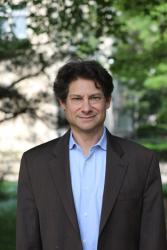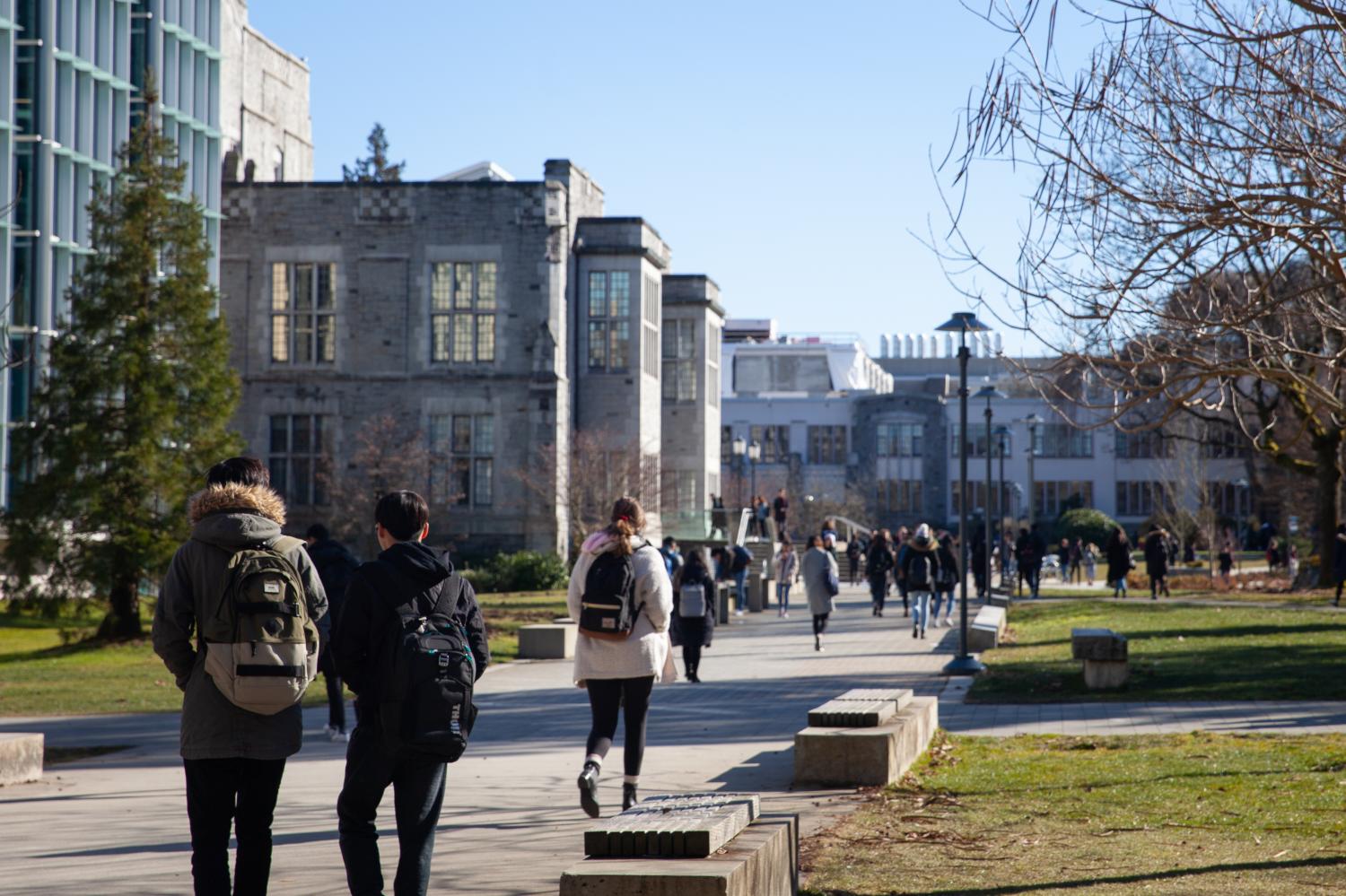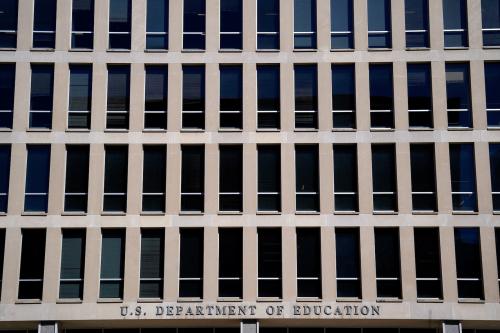For the last twenty years, nearly every flagship university in the U.S. has been decreasing its share of in-state students and enrolling more students from out of state, a phenomenon I call the “Great Student Swap.”
Using data from the Integrated Postsecondary Education Data System (IPEDS), I examine every “flagship” public university by comparing incoming first year students from 2002 through 2018 (those who would have graduated in the spring 2022 assuming the traditional four-year timeframe for completion). I find that the share of out-of-state students has risen by an average of 55 percent since 2002 and that 48 of the 50 flagships experienced a growth in their share of out-of-state students. The average decline in in-state students was 15 percent, and five states swapped more than one out of every five in-state students for an out-of-state student. Each state’s flagship experience can be seen in this infographic.
My detailed analysis of a subset of 16 states finds that the share of out-of-state students attending their flagships grew by 41 percent, slightly less than the average out-of-state student growth across the 50 states. For these states, I document the growing gap between in-state and out-of-state tuition and the decline in state governmental support. I find suggestive evidence that the decline in support is greater in states that have swapped their own students for out of staters at a faster rate. I hypothesize that schools are caught in a cycle where they compensate for the decline in state funding by enrolling more lucrative out-of-state students. Increased recruitment of out-of-state students, in turn, may lead to less local political support and further erosion in state funding.1
Despite the general increase in out-of-state students attending flagship universities, I find that a few schools have stabilized their in-state enrollments. The University of North Carolina at Chapel Hill is the only flagship that has both a majority of in-state students (82 percent) and has not increased its out of state student share during our sample time frame. The University of Texas at Austin’s share of in-state students fell from 91 to 89 percent, but retains one the highest shares of in-state students of any flagship. As I detail, both universities are subject to state requirements that have effectively minimized the Great Student Swap. I also consider a few non-flagship schools in three states within the 16-state sample that reveal similar changes in the composition of the student bodies at two (Michigan State and New Mexico State), while finding that the University of Nevada, Las Vegas went in the opposite direction and increased its share of in-state students.
Click here to read the full report.
This research was supported by Brookings Mountain West, which is a partnership between the University of Nevada, Las Vegas, and The Brookings Institution.
The Brookings Institution is financed through the support of a diverse array of foundations, corporations, governments, individuals, as well as an endowment. A list of donors can be found in our annual reports published online here. The findings, interpretations, and conclusions in this report are solely those of its author(s) and are not influenced by any donation.
-
Acknowledgements and disclosures
The author thanks Interim Executive Director of Brookings Mountain West David F. Damore, Brookings Institution Senior Fellow Richard V. Reeves, and Brookings Vice President and Director of Economic Studies Stephanie Aaronson for their valuable input. Deepest thanks to Research Assistant Ariel Gelrud Shiro for his excellent work. Contributions from former interns Anita Zirngibl, Mia Seymour, and Bella Dunbar were appreciated. The author acknowledges Ashley LeClair, Brookings Mountain West, who provided valuable editing and design expertise in the final production of this report.
-
Footnotes
- This is similar to the hypothesis Jaquette and Curs evaluate using data from 2002-2013 for all public universities. indicating “empirical support for assertions by scholars that state disinvestment in public higher education compels public universities to behave like private universities by focusing on attracting paying customers” (535). See, Ozan Jaquette and Bradley R. Curs, “Creating the Out-of-State University: Do Public Universities Increase Nonresident Freshmen Enrollment In Response to Declining State Appropriations?” Research in Higher Education, 56 ( January 2015), pp. 535-565.
The Brookings Institution is committed to quality, independence, and impact.
We are supported by a diverse array of funders. In line with our values and policies, each Brookings publication represents the sole views of its author(s).







